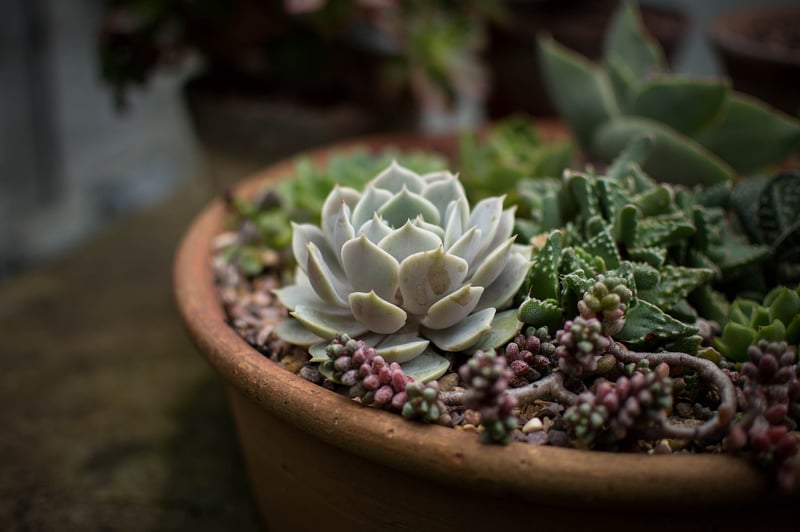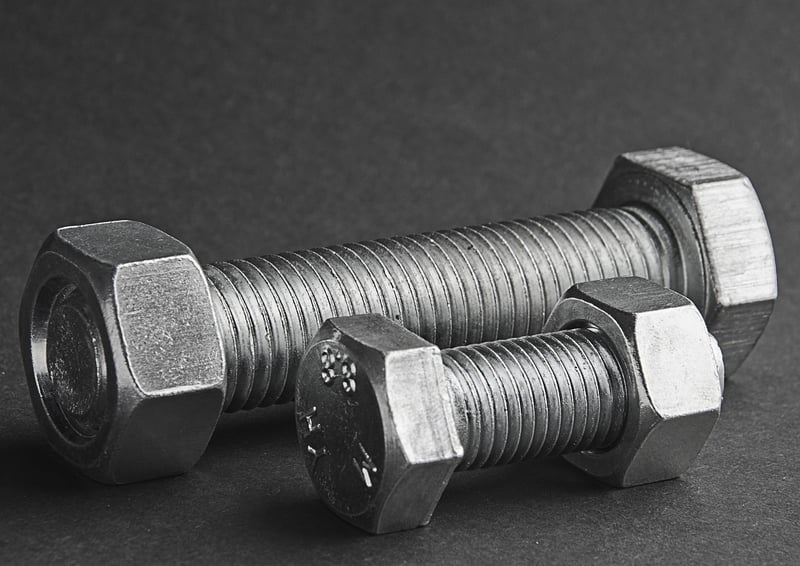Fertilizing Techniques
Essential Plant Care and Fertilizing Techniques
Proper plant care and fertilizing techniques are essential for maintaining healthy and thriving plants. Whether you are a seasoned gardener or just starting with houseplants, understanding the basics of plant care and fertilizing can make a significant difference in the growth and appearance of your plants.
1. Watering
Watering is one of the most critical aspects of plant care. Different plants have varying water requirements, so it's important to research and understand the specific needs of each plant you have. Overwatering or underwatering can both be detrimental to plant health.
2. Light
Light is essential for plants to photosynthesize and grow. Different plants require different levels of light – some thrive in direct sunlight, while others prefer indirect light. Be sure to place your plants in the appropriate location based on their light requirements.
3. Fertilizing
Plants need essential nutrients to grow, and fertilizing is a way to provide these nutrients. There are various types of fertilizers available, including organic and synthetic options. It's important to follow the instructions on the fertilizer package to avoid over-fertilizing, which can harm your plants.
Types of Fertilizers:
- Organic Fertilizers: Derived from natural sources such as compost, manure, or bone meal.
- Synthetic Fertilizers: Manufactured chemical fertilizers that provide specific nutrients in precise amounts.
- Slow-Release Fertilizers: Release nutrients gradually over an extended period, reducing the risk of over-fertilization.
4. Fertilizing Techniques
When fertilizing your plants, consider the following techniques to ensure proper application:
a. Dilute Fertilizer
Always dilute the fertilizer according to the instructions on the package. Concentrated fertilizers can burn the roots of plants.
b. Apply During Active Growth
Apply fertilizer during the plant's active growth period, usually in the spring and summer months. Avoid fertilizing during the plant's dormant phase.
c. Water After Fertilizing
After applying fertilizer, water your plants to help the nutrients reach the roots effectively.
5. Conclusion
By following proper plant care and fertilizing techniques, you can promote healthy growth and vibrant blooms in your plants. Remember to research the specific needs of each plant and adjust your care routine accordingly.
Keep learning and experimenting to find the best care regimen for your beloved plants!


